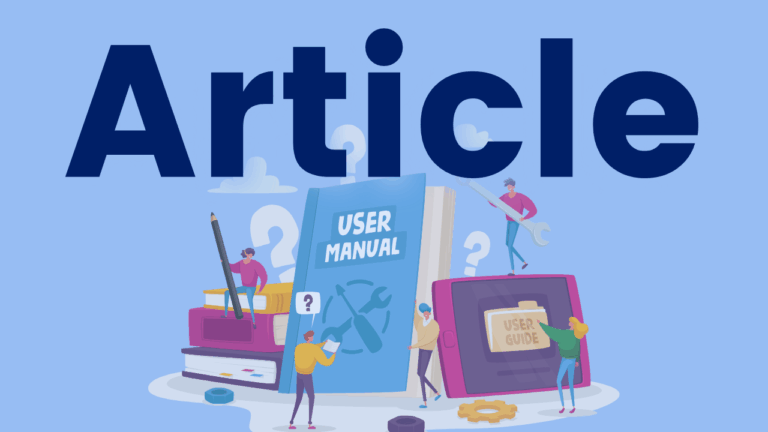Intégration du vocabulaire aux stratégies de compréhension en lecture
Approche d’intégration de l’enseignement du vocabulaire à l’enseignement des stratégies de compréhension en lecture Cet article fait état de l’importance de l’enseignement du vocabulaire et des stratégies de lecture pour développer la compréhension en lecture des élèves.





